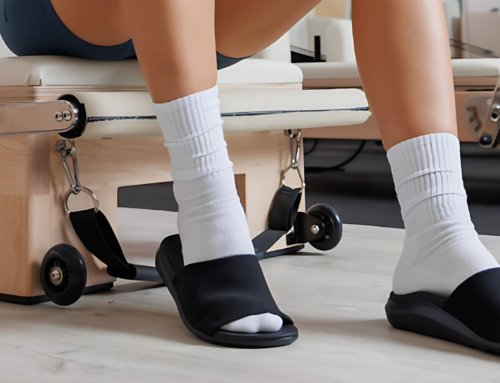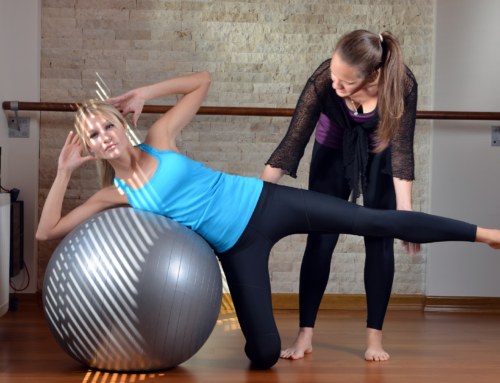Bursitis in shoulder is swelling of the “bursa”. A “bursa” is a fluid filled sac that exists between the tendon and the bone in the shoulder joint. With repetitive movements it can get swollen causing pinching of the tendon. This pinching is called shoulder impingement. Repetitive pinching can irritate the tendon, leading to swelling. If left untreated it can develop into a frozen shoulder.
Common mistakes that lead to bursitis in shoulder:
At the gym:
The most common mistake before starting any exercise program is not talking to an exercise physiologist regarding the correct technique.
The other mistake is lifting too much too soon! make sure you progress your new gym program slowly so your muscles and joints are ready to lift without overloading.
Furthermore, focusing on one side of the body only. For example focusing just on building the chest muscles and not the back. This tightens the muscles at the front of the body and the upper back remains weak. The shoulder joint doesn’t operate well if the chest muscles are too tight.
In addition to the above, incorrect posture and technique. Lifting with the wrong form will cause injury due to inflammation or swelling in the rotator cuff tendons. Most commonly bench press, lateral raises and overhead press cause bursitis in shoulder.
Common exercises that cause or exacerbate a shoulder injury include bench press, lateral raises and overhead press.
At work:
Physical jobs with repetitive, overhead lifting causes wear and tear to the shoulder joint. This is called repetitive strain injury (RSI)
Poor lifting technique: holding heavy loads too far away from your body can put excess strain through your shoulder and your back.
Sitting for long at the computer in a bad posture. This causes rounded shoulders restricting overhead movements.
How our Physios treat bursitis in shoulder?
According to Australian Physiotherapy association, Physiotherapy is very effective in relieving bursitis in shoulder. Our Physios will do a complete assessment of your pain. The first step is to relieve shoulder pain. The physio will use the following techniques:
- Joint movement to improve blood flow
- massage to reduce muscle tension around the joint
- Rotator cuff strengthening exercises to prevent long term issues








